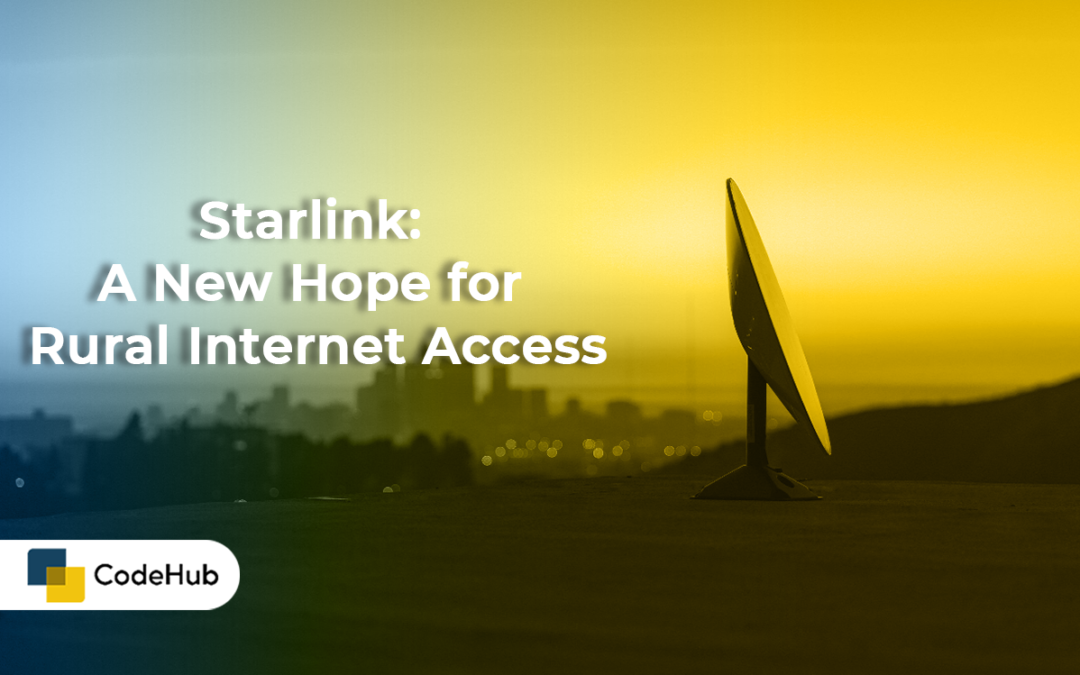The internet has become an essential part of our lives, enabling us to communicate, work, learn, and entertain ourselves. However, not everyone has access to fast, reliable, and affordable internet service. According to the World Bank, about 3.7 billion people in the world are still offline, mostly in rural and remote areas. Even in developed countries like the United States, millions of people lack broadband access or have to rely on slow and expensive satellite or cellular connections.
This is where Starlink comes in. Starlink is a project by SpaceX, a company founded by Elon Musk that aims to eventually send humans to Mars. Starlink’s goal is to provide high-speed internet access to anyone, anywhere on Earth, by launching thousands of satellites into low Earth orbit (LEO). These satellites form a constellation that beams internet signals to ground stations and user terminals, which are small devices that can be installed on rooftops or vehicles.
Starlink is currently in its beta testing phase, and has already attracted over 90,000 users in 12 countries. The company claims that its service can offer speeds of up to 150 Mbps and latency of around 20 milliseconds, which is comparable to or better than most terrestrial broadband providers. Starlink also promises to be more affordable and accessible than traditional satellite internet, which typically requires expensive equipment, contracts, and installation fees.
Starlink’s potential benefits are enormous, especially for rural and underserved communities that have been left behind by the digital divide. Starlink could enable them to access online education, health care, government services, and economic opportunities that would otherwise be out of reach. Starlink could also improve the resilience and reliability of internet infrastructure in case of natural disasters or cyberattacks that could disrupt terrestrial networks.
However, Starlink also faces some challenges and limitations. One of them is the environmental impact of launching and operating thousands of satellites in orbit. Some astronomers have raised concerns that Starlink could interfere with their observations of the night sky, as the satellites reflect sunlight and create bright streaks across the sky. SpaceX has been working on mitigating this issue by making its satellites darker and less reflective, as well as coordinating with astronomers to avoid collisions or conflicts.
Another challenge is the regulatory and legal framework for operating a global satellite internet network. Starlink has to comply with the rules and regulations of different countries and regions, which may vary in terms of spectrum allocation, licensing, taxation, privacy, security, and competition. Starlink may also face opposition from incumbent telecom operators who may see it as a threat to their market share and revenues.
Finally, Starlink may not be able to serve everyone equally. While Starlink aims to cover the whole world eventually, it may prioritize some regions over others based on demand and profitability. Moreover, Starlink may not be able to handle high-density areas where there are too many users competing for bandwidth. As Musk himself admitted, “It’s really meant for sparsely populated regions”. Therefore, Starlink may not be a viable solution for urban areas where fiber optic or cable networks are already available or feasible.
In conclusion, Starlink is an ambitious and innovative project that could revolutionize the way we access the internet and bridge the digital divide. However, it also faces some technical, environmental, regulatory, and economic challenges that could limit its scope and impact. Starlink is not a silver bullet for solving all the problems of internet access, but it could be a valuable complement to existing and emerging technologies that aim to connect the world.

